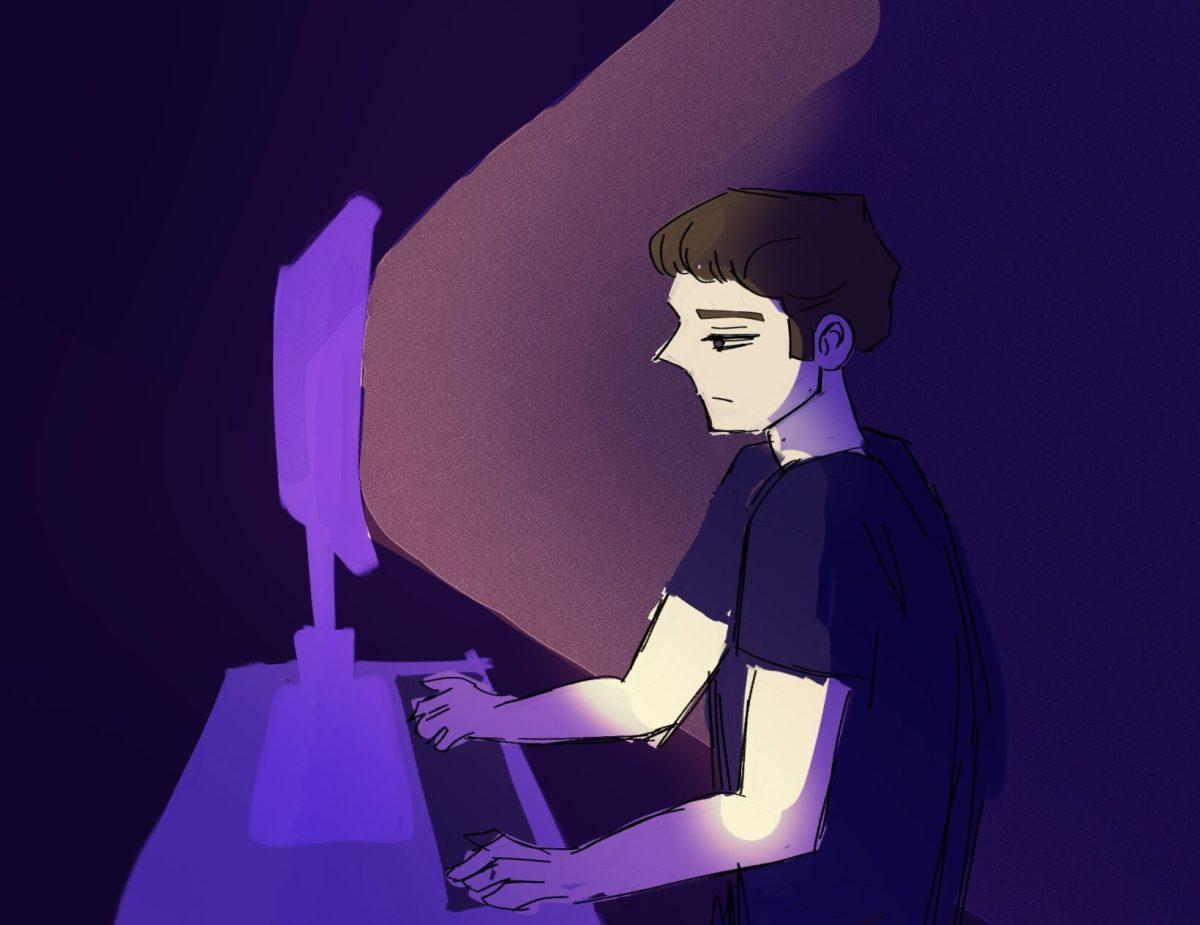Raleigh and Wake County recently released their budget proposals for the coming year. While neither raise taxes, both include unfortunate cuts to government spending as the looming recession reduces tax revenue. While North Carolina has not released information on how it may change its spending in response to the virus, one forecast predicts a $4.2 billion deficit in the budget at current spending levels.
Despite this, and the fact that the U.S. House of Representatives has already passed a follow-up stimulus bill to the one signed into law in March, the Senate has so far refused to consider a substantial funding measure. The House’s bill would direct aid to state, local and tribal governments that could stop them from needing to lay off workers like Wake County has in its budget proposal. In addition, the bill would send a new round of $1,200 stimulus checks to taxpayers, similar to the recent stimulus.
This stimulus bill would be a significant step in making sure that the economy remains afloat as the pandemic drags on and states weigh whether or not to continue re-opening. If something like this doesn’t pass, it could set the country up for a longer, painful recession as opposed to a relatively quick recovery.
A stimulus could directly impact our experience as students. FiveThirtyEight notes that in the previous recession, funding for higher education was one of the first budget items to be cut from state budgets. For us, that could mean higher tuition and fees or reduced services and support for student organizations.
If the state follows a similar course to our local governments, it may delay construction on infrastructure improvements, which are critical to economic growth and often have a disproportionately positive impact on GDP.
Much of the opposition to passing more stimulus money stems from many states — including North Carolina — moving to reopen their economy, which could help revive state revenues and individual’s bank accounts. However, that optimism may be overlooking the extent to which stay-at-home orders actually impacted people’s behaviors, as most people started self-isolating well before they were required to do so.
That may indicate that, even as governors allow more economic activity, many people could continue to stay at home amid fears of the virus. This viewpoint also assumes we won’t experience another wave of the virus this fall, prompting more closures and a return to widespread quarantine.
What is clear is that, without sufficient resources, states and individuals may not be able to simply ramp up spending when this disaster is over. Over twenty million people were newly out of work in April, and while 18 million of those were reported as temporary, the remaining two million is a big negative sign. When the unemployment benefits from the first stimulus expire, those who are out of a job will struggle to support themselves, which translates into less consumer spending on the national level and thus a slower recovery.
The current unemployment rate is 14.7%, higher than at any point since the Great Depression, and while that comparison ignores several important factors about the underlying state of the economy, it should still set off alarm bells for the federal government.
If President Trump and Republican senators, like our own Thom Tillis, want to win reelection, historically speaking they had better get the economy in ship-shape by November, as presidents who oversee a recession basically never win. The best way of ensuring that a strong economic recovery is on the horizon is to compromise with the House and pass a stimulus bill that addresses the serious financial challenges many are still facing.














